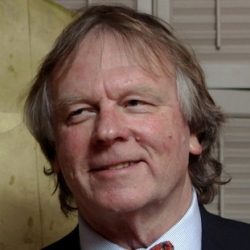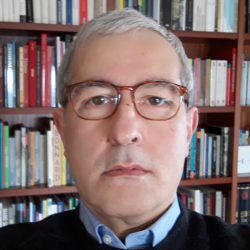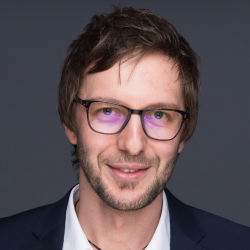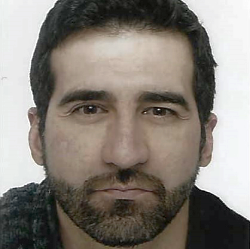Keynote Speakers
The Organizing Committee is pleased to present the symposium keynote speakers. The Peter Cundall Award recipient will also be invited to be a keynote speaker. A keynote presentation will be made at the start of each morning and afternoon session.
Peter Cundall

Dr Cundall performed his doctoral work at Imperial College, London, where, in 1971, he originated the Distinct Element Method for modeling jointed rock and granular material. In addition to being an independent consultant for several years, he worked for Dames and Moore for five years, was a faculty member at the University of Minnesota for seven years, at which he is now Adjunct Professor. He was employed by Itasca for more than 20 years, and continues involvement as an Associate. Dr Cundall is the original author of many computer codes, including TRUBAL, FLAC, FLAC3D, UDEC, 3DEC and PFC, which all enjoy widespread use. His main interest is in applied computer modeling, particularly in the areas of micromechanics, seismic analysis, plasticity, fracture damage, localization, shock waves and coupled problems. He has written many papers, including the most-cited paper for the journal Géotechnique: “A Discrete Numerical Model for Granular Assemblies”. Dr Cundall has received several awards for his work in rock mechanics, and is Fellow of the Royal Academy of Engineering and Member of the National Academy of Engineering.
Caroline Darcel

Dr. Darcel is a principal engineer at Itasca Consultants SAS. She specializes in Discrete Fracture Network (DFN) modeling framework, with applications to geothermal, mining and nuclear waste industries. She has been involved in many projects on site scale DFN characterization and Synthetic Rock Mass (SRM) modeling, including flow channeling characterization and rock mass mechanical and hydraulic effective properties assessment.
José Lemos

Dr José Lemos holds a PhD in Rock Mechanics from the University of Minnesota, Minneapolis. He has been involved in the development of Itasca's DEM codes UDEC and 3DEC since the '80s. Presently he is a Principal Researcher at LNEC (Civil Engineering National Laboratory) in Lisbon, Portugal. His research interests include safety assessment of dam foundations in rock, seismic analysis of masonry structures, and discrete element modelling.
Kurt Mair am Tinkhof

Kurt Mair am Tinkhof, a geotechnical engineer with a Master’s degree in Civil Engineering from the Vienna University of Technology, is an employee of Amberg Engineering AG, working on projects related to conventional, TBM and cut and cover tunneling. He has extensive expertise in numerical modeling of tunnel constructions and mass movements, especially using the Itasca’s FLAC3D in conjunction with all its FISH abilities and the meshing tool Griddle in case of complicated model structure. Kurt is also interested in research and development and currently working on completing his PhD Thesis. He will present a joint keynote with his collegue Nedim Radoncic on the practical use of FLAC3D in tunneling.
Nedim Radoncic

Nedim Radoncic holds a PhD in Geotechnics from the Graz University of Technology, Austria, focusing on support design in weak ground using Itasca’s FLAC3D. He has been involved in tunneling projects as geoetechnical site engineer where he gathered experience in applying numerical analysis to tackle on-site problems, e.g. large faults and TBM stop, cross section design, etc. Since 2015 he works as international project manager for Amberg Engineering AG, focusing primarily on geotechnical / tunneling problems. Nedim regards FLAC3D, due to its FISH abilities and recently-available Griddle mesher, as one of the most powerful and comfortable tools for geotechnical analysis. He will present a joint keynote with his collegue Kurt Mair am Tinkhof on the practical use of FLAC3D in tunneling.
Martin Schöpfer

Dr Martin Schöpfer, recipient of the Peter A. Cundall award at the 3rd Itasca FLAC/DEM Symposium, is a geologist at the University of Vienna with extensive experience in the application of PFC to model a wide range of geological structures, such as rock joints, tectonic faults and volcanic collapse. Over the past years he has been working on numerous, mainly petroleum industry funded, projects. In his keynote Martin will present state-of-the-art modelling of salt tectonics with a coupled PFC/FLAC approach.
